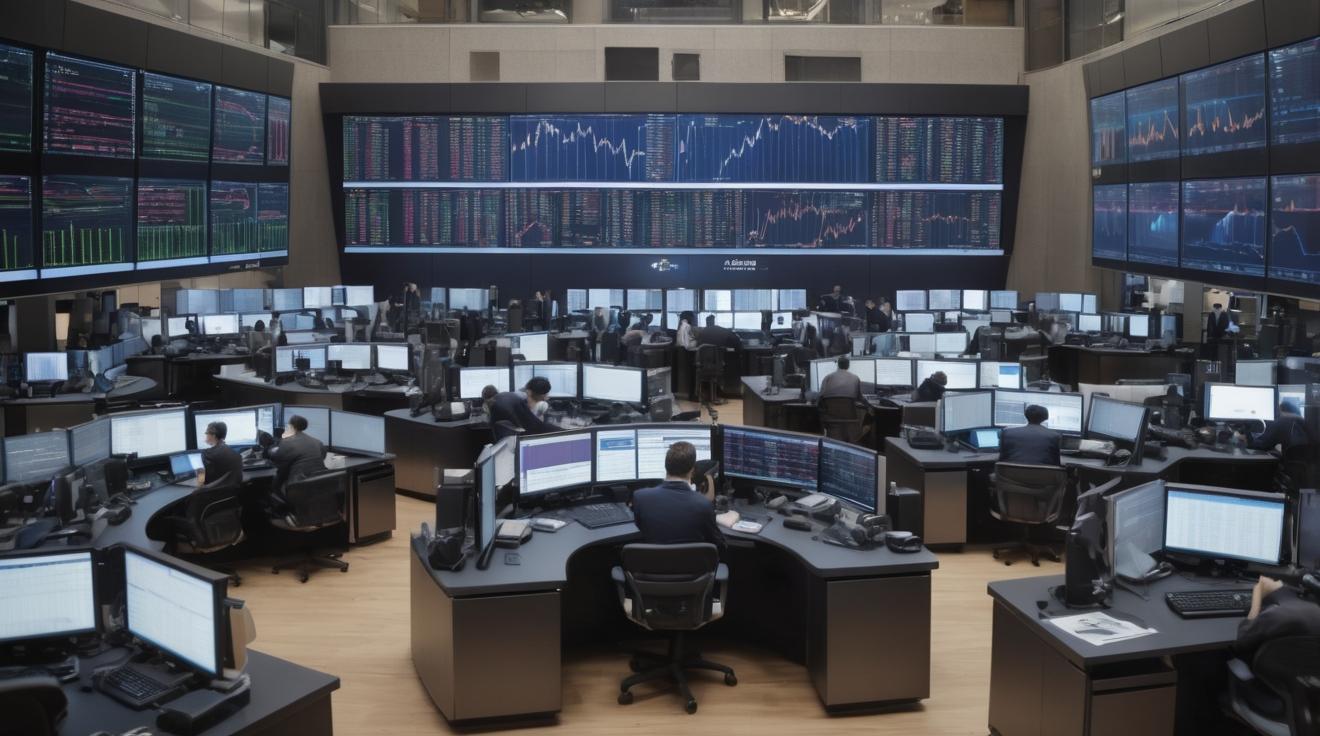Amazon Prime Video Introduces Commercials, Sparking Outrage Among Subscribers
Streaming giant Amazon Prime Video has made an unexpected move that has left many of its loyal subscribers fuming. In an email sent to Prime Members last year, the company announced its decision to incorporate commercials into its programming, a change set to take effect in 2024. This move is in stark contrast to the ad-free experience that Prime users have come to expect from the platform, a perk comparable to that of rival streaming service Netflix.
The introduction of commercials has not been well-received by long-term Prime subscribers, who are now faced with a difficult choice: endure the interruptions or pay an additional $3 per month to avoid them.
Amazon Defends Ad-Heavy Approach, Citing Quality Content and Emmy Nominations
In an attempt to justify the added fee, Amazon claims that the revenue generated from commercials will be invested in the development of high-quality content. The company boasts an impressive 68 Emmy nominations from the previous year, using this achievement as evidence of its commitment to producing top-notch programming. Furthermore, Amazon assures subscribers that the number of ads will be significantly lower than what is typically found on ad-supported platforms like Pluto, Tubi, and Amazon-owned FreeVee.
Initial reports suggest that viewers should expect a 30-second advertisement before the start of selected shows. Some Amazon Original movies will include a 15-second ad at the beginning, while non-Amazon Originals will feature ads approximately every 30 minutes.
Premium Audio and Visual Experience Reserved for Extra Charge
In addition to the introduction of commercials, Amazon has also made a controversial decision to remove Dolby Atmos and Dolby Vision from its free tier. These features, geared towards enhancing the audio and visual experience, will now only be available to those willing to pay the extra monthly charge.
This move has been particularly frustrating for viewers who invested in high-end television sets, expecting to fully enjoy the premium audio and visual capabilities that the service once offered.
Consumer Backlash Leads to Class-Action Lawsuit
The implementation of ads and the removal of premium audio and visual features have triggered a strong backlash from Amazon Prime subscribers. In fact, one disgruntled customer has initiated a class-action lawsuit against the company, accusing it of deceptive advertising and potentially violating Consumer Protection Laws by altering the terms of its contract with Prime members.
The New Ad Model: Disruptive Commercials and Rising Costs
Under the new ad model, viewers can expect sporadic 15 to 30-second commercials that have the potential to interrupt the viewing experience, even occurring mid-scene. While some subscribers may find the occasional commercial breaks manageable, those seeking the best audio and visual quality now face an additional annual fee of $36 on top of the standard $140 Prime membership.
With the controversy surrounding this new direction, it remains to be seen how Amazon Prime Video will respond to the growing discontent among its subscriber base.
Analyst comment
Positive news: Amazon Prime Video has incorporated commercials into its programming to fund and develop high-quality content, with fewer ads compared to other ad-supported services.
Negative news: Many long-term Prime subscribers are frustrated by this change as they valued the platform for its ad-free viewing, and viewers who invested in high-end television sets are affected by the removal of Dolby Atmos and Dolby Vision from the free tier.
Neutral news: A class-action lawsuit has been initiated by a Prime customer, accusing Amazon of deceptive advertising and possibly violating Consumer Protection Laws.
Market analysis: The addition of commercials may attract advertisers and generate revenue for Amazon’s content development. However, the frustration among long-term subscribers and the lawsuit may lead to a decline in Prime membership or loss of customer trust.













